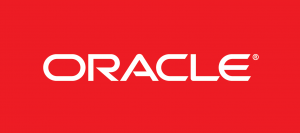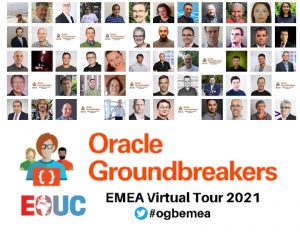You query V$INSTANCE_RECOVERY view and consistently receive an OPTIMAL_LOGFILE_SIZE value that is greater than the size of your smallest online redo log file. The OPTIMAL_LOGFILE_SIZE column of the V$INSTANCE_RECOVERY view can be used to determine the appropriate size for all of the online redo log files in your database. If the value of the OPTIMAL_LOGFILE_SIZE column is greater than the size of your smallest online redo log file, you should change the size of all online redo log files to be at least this value. In addition, the FAST_START_MTTR_TARGET initialization parameter simplifies the configuration of recovery time from instance or system failure. After adjusting the size of your online redo log files, you may be able to adjust the value of this initialization parameter for better performance. This is done by rerunning the MTTR advisor after changing the size of your online redo log file to achieve more optimal results. However, running the MTTR advisor is not the best option in this situation for improving instance recovery performance.

